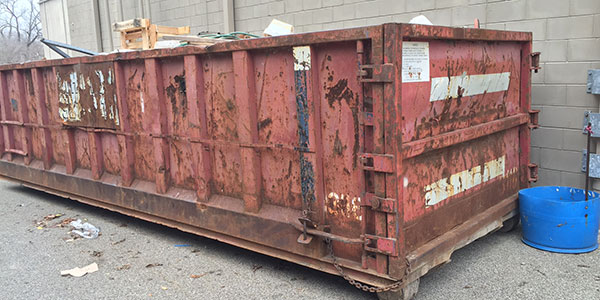Thanksgiving is upon us. Donation and volunteer efforts are in full swing to ensure the less fortunate receive a hot holiday meal. On this day, sharing the bounty of food is on everyone’s mind.
But what happens the day after Thanksgiving and the week after that? How about a few months down the road? The truth is that we—as a nation—will return to business as usual. And according to the U.S. Department of Agriculture, that includes wasting food. A lot of food. By the close of this year, about 133 billion pounds will have been thrown away.
Waste takes place at every stop along the food chain. Growers toss blemished fruits and vegetables. Grocery stores toss inventory that was bruised during transit. Only “perfect” looking items are displayed for purchase. Slightly wilted, over-ripened or off-sized products never make the shelves.
Bakeries and take-out establishments feel the same pressure for perfection. When lop-sided loaves of bread and misshapen bagels don’t make the cut, they go straight to the can. Restaurants, caterers and banquet facilities throw away tremendous amounts of uneaten food at the end of the day. And of course the average household wastes a lot too.
Despite the fact that food is so easily discarded, the hunger statistics in the U.S. are alarming. The good news is that consciousness inspires change. On the heels of France’s legislation outlawing food waste, two American documentary filmmakers are bringing their food waste experiment to the big screen in “Just Eat It.”
This Thanksgiving, take a few minutes to expand your horizons as a conscious eater. Read NPR’s fascinating interview with the duo and ponder on how you can follow suit by acting locally.

